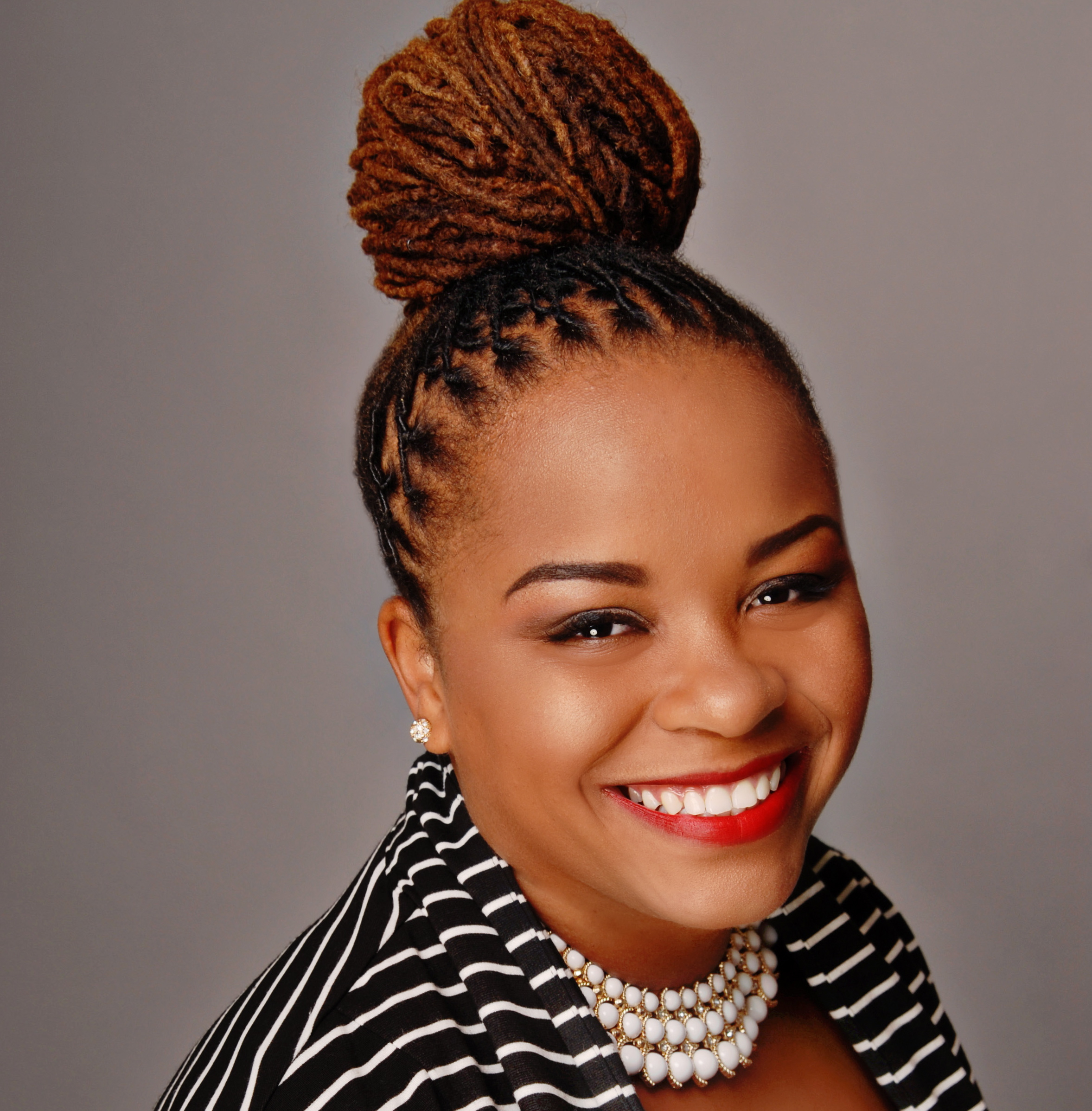By William A. Foster, IV
Mr. Foster is the Interim Executive Director of HBCU Endowment Foundation, sits on the board of directors at the Center for HBCU Media Advocacy, & President of AK Companies, Inc. A former banker & financial analyst who earned his bachelor’s degree in Economics & Finance from Virginia State University as well his master’s degree in Community Development & Urban Planning from Prairie View A&M University. Publishing research on the agriculture economics of food waste, full-time contributor at HBCU Money, and guest contributor for a number of African American media outlets.
This is the second and final installment of “40 Acres and a Fight: HBCU Land .”
For the HBCU Nation, I focused on the 1890 HBCUs which are the land-grant institutions established by the Morrill Act of 1890. There are 20 such schools designated as such under the Federal Government’s list of HBCUs. However, I will only be addressing 19 of them because West Virginia State University is a school with a 68% European American population that still holds an HBCU designation (and receives federal money for being one which is another article in itself) but has long since been out of our control socially.
Individually, it should be noted that African America has only 7.7 million acres meanwhile European America’s 2 largest landowners, John Malone & Ted Turner, own between the two of them 4.2 million acres or the equivalent of 54% of all of African America’s landholdings. The combined acreage that the nineteen HBCU 1890s schools own is approximately 20,000 acres. Tuskegee University is the largest landowner of the HBCU 1890s with 5,000 acres under its control.
In contrast, our HWCU counterparts nineteen largest landowners own and control 162,288 acres. There are a number of reasons for colleges and universities to own massive amounts of land. For many of them, schools like Harvard for instance, which is an urban school but a very large landowner they own a massive amount of timber land through their endowment portfolio. For others it is to block out perspective development or allow them to dictate the development in and around their university as to not impact their brand. In the case of the 1890s whose mission is agriculture and feeding African Diaspora communities it baffles me that they would not be wrought with more urgency to own more land.
I envision a HBCU Land Trust that is owned by all HBCUs (even African and Afro-Caribbean colleges) who buy into it and managed by the 1890s schools. The trust would be able to leverage the combined resources of HBCUs to access larger amounts of capital which it could then use to buy land tracts in the tens if not hundreds of thousands of acres. It might also contain a research arm to it that allows for the increase in HBCU cross-collaboration. This would provide jobs and internships such as land analyst, real estate lawyers, farmers, and many other occupations that could come out of such an entity for our HBCU graduates, students, and faculty.
We must ultimately remember that all social, economic, and political development begins and ends in one form or another with land as well as serving as a defensive move that protects a community’s interest from outside offensives against us. If you’ve ever played a game of chess you know you must not only move your pieces but anticipate the moves of your opponent two or three moves later. After we obtained our civil rights and we never assumed that there would be efforts to roll them back or water them down. Both of which started happening from the moment the bill was passed. The power to ensure that our HBCUs exist generations from now requires social, economic, and political institutional power. A power that is based in the land we control and all that goes on it and with it.
I’ll leave you with an excerpt from Malcolm X’s speech on November 9th, 1963 where he conveys that land is the basis for freedom:
“Look at the American Revolution in 1776. That revolution was for what? For land. Why did they want land? Independence. How was it carried out? Bloodshed. Number one, it was based on land, the basis of independence. And the only way they could get it was bloodshed. The French Revolution – what was it based on? The landless against the landlord. What was it for? Land. How did they get it? Bloodshed. Was no love lost, was no compromise, was no negotiation. I’m telling you – you don’t know what a revolution is. Because when you find out what it is, you’ll get back in the alley, you’ll get out of the way. The Russian Revolution – what was it based on? Land; the landless against the landlord. How did they bring it about? Bloodshed. You haven’t got a revolution that doesn’t involve bloodshed. And you’re afraid to bleed. I said, you’re afraid to bleed.”














